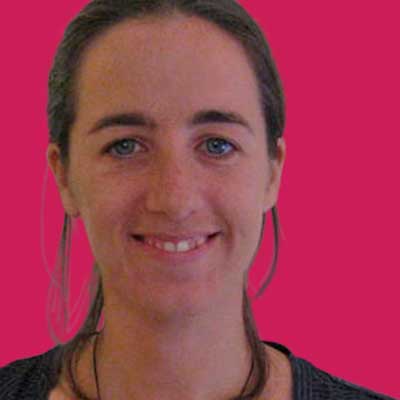Self-regulation involves the effective management of information, resources and time in order to gain and process new knowledge and skill, relate it to prior learning and experience, and make good use of guidance. It requires students to be metacognitive about their learning processes and needs and able to identify and harness available opportunities. Self-regulation is composed of three cyclical parts: forethought/planning; performance and self-control; and self-reflection.
To help students gain better self-regulation over their own learning, it is important to teach, coach, mentor and scaffold students’ forethought, performance and reflection.
Forethought focuses on defining the task, setting goals and making plans. Teachers can support students to:
- Determine what the task requires
- Consider what they know and what they need to find out
- Identify potential challenges they might face and develop strategies for addressing these
- Set appropriate, learning-focused goals
- Develop plans to achieve goals
- Set specific criteria for knowing when goals are achieved
Performance and self-control involves putting plans into action and monitoring progress. Teachers can help students to:
- Review their learning and self-efficacy beliefs
- Ensure they have a suitable environment for completing their work
- Carry out their plans and manage their time carefully
- Seek new information and organise information
- Manage distractions
- Seek assistance from others when required
- Regularly stop to measure their progress towards their goals and adjust plans as necessary
Reflection involves evaluating learning and progress. To support students’ self-reflection, teachers can encourage them to:
- Reflect on their strengths and areas for improvement
- Reflect on the effectiveness of plans and strategies
- Reformulate the task or goals, strategies and plans if necessary
- Ask: what would you do differently next time?
Adapted from Winne, P. H., & Hadwin, A. F. (1998). Studying as self-regulated learning. In D. J. Hacker, J. Dunlosky & A. C. Graesser (Eds.), Metacognition in educational theory and practice (pp.277–304). Mahwah, NJ: Lawrence Erlbaum Associates, Inc.

